5,359cc SOHC Inline 8-Cylinder Engine Single Smith Multi-Jet Carburetor 140bhp at 3,500rpm 3-Speed Manual Transmission Front, Semi-Elliptic Leaf Spring, Rear, Quarter-Elliptic Leaf Spring Suspension 4-Wheel Cabled-Operated Drum Brakes *Stunning creation of one of the most iconic Bugatti designs *Concours restoration completed in the UK *One of the legendary luxury Bugatti models *Unseen/shown in the USA THE TYPE 46 BUGATTI Bugatti's 'piece de resistance' for 1929 was not a Grand Prix racing car but a sensational eight-cylinder, 5.3-liter luxury car chassis designed to take the finest and most sumptuously equipped coachwork, providing the ultimate in flexible motoring with exceptional road manners. This was the Type 46 which earned the sobriquet 'La Petite Royale'. Not that there was much petite about the 5,350cc engine or the substantial chassis which weighed some 1,150kg, however the car shared many similarities with the Royale, including the three-speed gearbox in the rear axle and the long stroke engine, (130mm), of the later Royales. Of the larger Bugattis the Type 46 ranks most highly and offered impressive top gear flexibility. At a time of world recession, it found a ready market with production numbers exceeding 400, unlike the hugely expensive Type 41 Royale which was really an anachronism at a time of world-wide financial crisis. Road tested by The Motor magazine in 1930, the Type 46 was described in the following glowing terms: "A really solidly built, beautifully sprung, comfortable saloon car with exceptionally rapid acceleration through its speed range; that is the 32.5hp or "5-liter" Bugatti. It combines the luxury of a large limousine, the flexibility and top gear performance of a thoroughbred town carriage with the perfect road holding, the speed and acceleration of the best type of sports model...... It will creep through traffic at 3 or 4mph in top gear, will climb practically any main road hill without there being any need to change down, and will accelerate, whenever the opportunity occurs, with surprising rapidity". THE MOTORCAR OFFERED One of the most outlandish design studies of its day, Bugatti's aerodynamic coupe, which was christened the 'Superprofilée' was the latest development in the design traits that were coming from the Molsheim works in the late 1920s and start of the 1930s. Jean Bugatti had wisely employed the talented designer Joseph Walter to assist with their coachwork, and between them they developed a style which is now synonymous with the marque. Their influence would start to be seen from the late Type 40 models, with the arched side panels, and is of course evident across the Type 57 factory body range. Along the journey, as with all designers, they would create artwork and the occasional real-life model before rolling this out perhaps in a more practical form on the production cars. And, so is the case with Superprofilée and the less severe Semi-Profilée bodywork. The latter, in a more toned-down form, would of course go into production as the Ventoux Coupe on the subsequent Type 57. While, the Superprofilée style, which was first seen publicly on a Twin Cam Type 50 at the Paris Salon in 1932, does not appear to have become a production designation. In terms of the statement made by these two profile body styles, it is a true icon of design of which there are very few survivors of the genus, those include a Semi-Profilée in the Louwman Collection, and the sole Superprofilée naturally resides in the Cité de l'Automobile, Musée National de l'Automobile, Collection Schlumpf, in France. The latter has proven to be an irresistible inspiration for others to mirror this striking piece of design. Copy being the sincerest form of flattery... this is one such example. Most intriguingly, 46491 has a direct connection to the Schlumpf car. It is understood to never received coachwork in period, instead, it was one of a handful of Bugatti rolling chassis which would have languished around the work
5,359cc SOHC Inline 8-Cylinder Engine Single Smith Multi-Jet Carburetor 140bhp at 3,500rpm 3-Speed Manual Transmission Front, Semi-Elliptic Leaf Spring, Rear, Quarter-Elliptic Leaf Spring Suspension 4-Wheel Cabled-Operated Drum Brakes *Stunning creation of one of the most iconic Bugatti designs *Concours restoration completed in the UK *One of the legendary luxury Bugatti models *Unseen/shown in the USA THE TYPE 46 BUGATTI Bugatti's 'piece de resistance' for 1929 was not a Grand Prix racing car but a sensational eight-cylinder, 5.3-liter luxury car chassis designed to take the finest and most sumptuously equipped coachwork, providing the ultimate in flexible motoring with exceptional road manners. This was the Type 46 which earned the sobriquet 'La Petite Royale'. Not that there was much petite about the 5,350cc engine or the substantial chassis which weighed some 1,150kg, however the car shared many similarities with the Royale, including the three-speed gearbox in the rear axle and the long stroke engine, (130mm), of the later Royales. Of the larger Bugattis the Type 46 ranks most highly and offered impressive top gear flexibility. At a time of world recession, it found a ready market with production numbers exceeding 400, unlike the hugely expensive Type 41 Royale which was really an anachronism at a time of world-wide financial crisis. Road tested by The Motor magazine in 1930, the Type 46 was described in the following glowing terms: "A really solidly built, beautifully sprung, comfortable saloon car with exceptionally rapid acceleration through its speed range; that is the 32.5hp or "5-liter" Bugatti. It combines the luxury of a large limousine, the flexibility and top gear performance of a thoroughbred town carriage with the perfect road holding, the speed and acceleration of the best type of sports model...... It will creep through traffic at 3 or 4mph in top gear, will climb practically any main road hill without there being any need to change down, and will accelerate, whenever the opportunity occurs, with surprising rapidity". THE MOTORCAR OFFERED One of the most outlandish design studies of its day, Bugatti's aerodynamic coupe, which was christened the 'Superprofilée' was the latest development in the design traits that were coming from the Molsheim works in the late 1920s and start of the 1930s. Jean Bugatti had wisely employed the talented designer Joseph Walter to assist with their coachwork, and between them they developed a style which is now synonymous with the marque. Their influence would start to be seen from the late Type 40 models, with the arched side panels, and is of course evident across the Type 57 factory body range. Along the journey, as with all designers, they would create artwork and the occasional real-life model before rolling this out perhaps in a more practical form on the production cars. And, so is the case with Superprofilée and the less severe Semi-Profilée bodywork. The latter, in a more toned-down form, would of course go into production as the Ventoux Coupe on the subsequent Type 57. While, the Superprofilée style, which was first seen publicly on a Twin Cam Type 50 at the Paris Salon in 1932, does not appear to have become a production designation. In terms of the statement made by these two profile body styles, it is a true icon of design of which there are very few survivors of the genus, those include a Semi-Profilée in the Louwman Collection, and the sole Superprofilée naturally resides in the Cité de l'Automobile, Musée National de l'Automobile, Collection Schlumpf, in France. The latter has proven to be an irresistible inspiration for others to mirror this striking piece of design. Copy being the sincerest form of flattery... this is one such example. Most intriguingly, 46491 has a direct connection to the Schlumpf car. It is understood to never received coachwork in period, instead, it was one of a handful of Bugatti rolling chassis which would have languished around the work

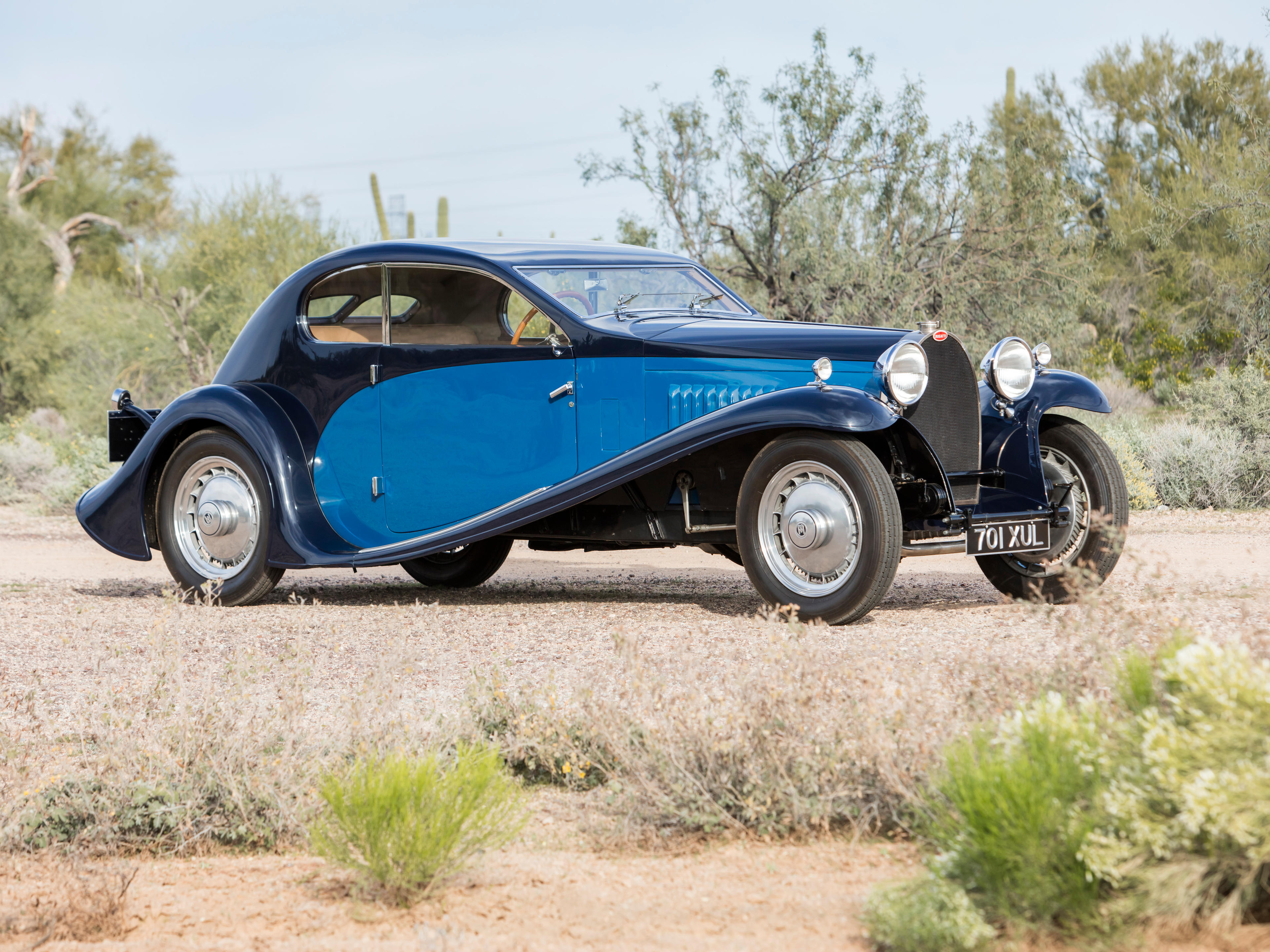
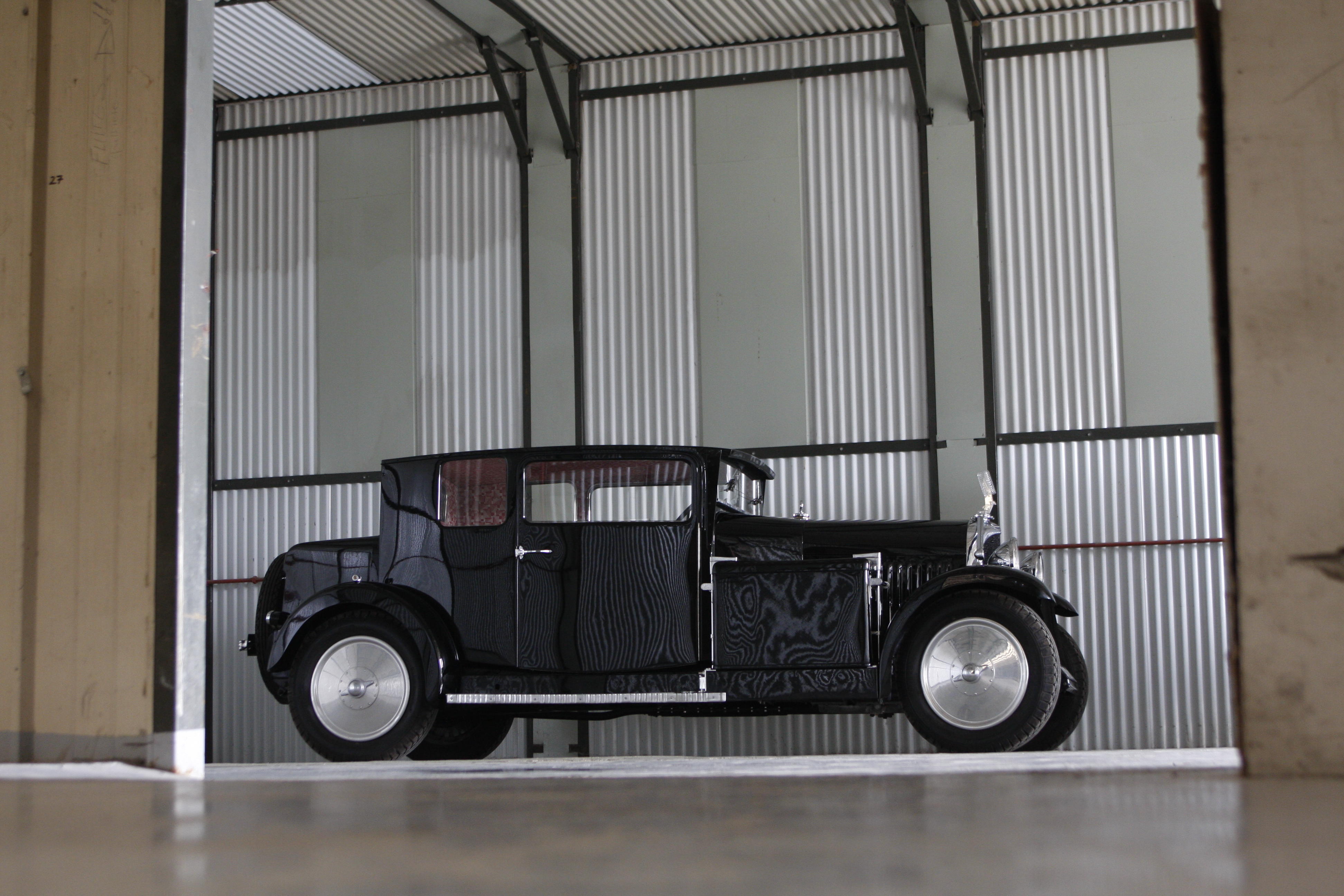


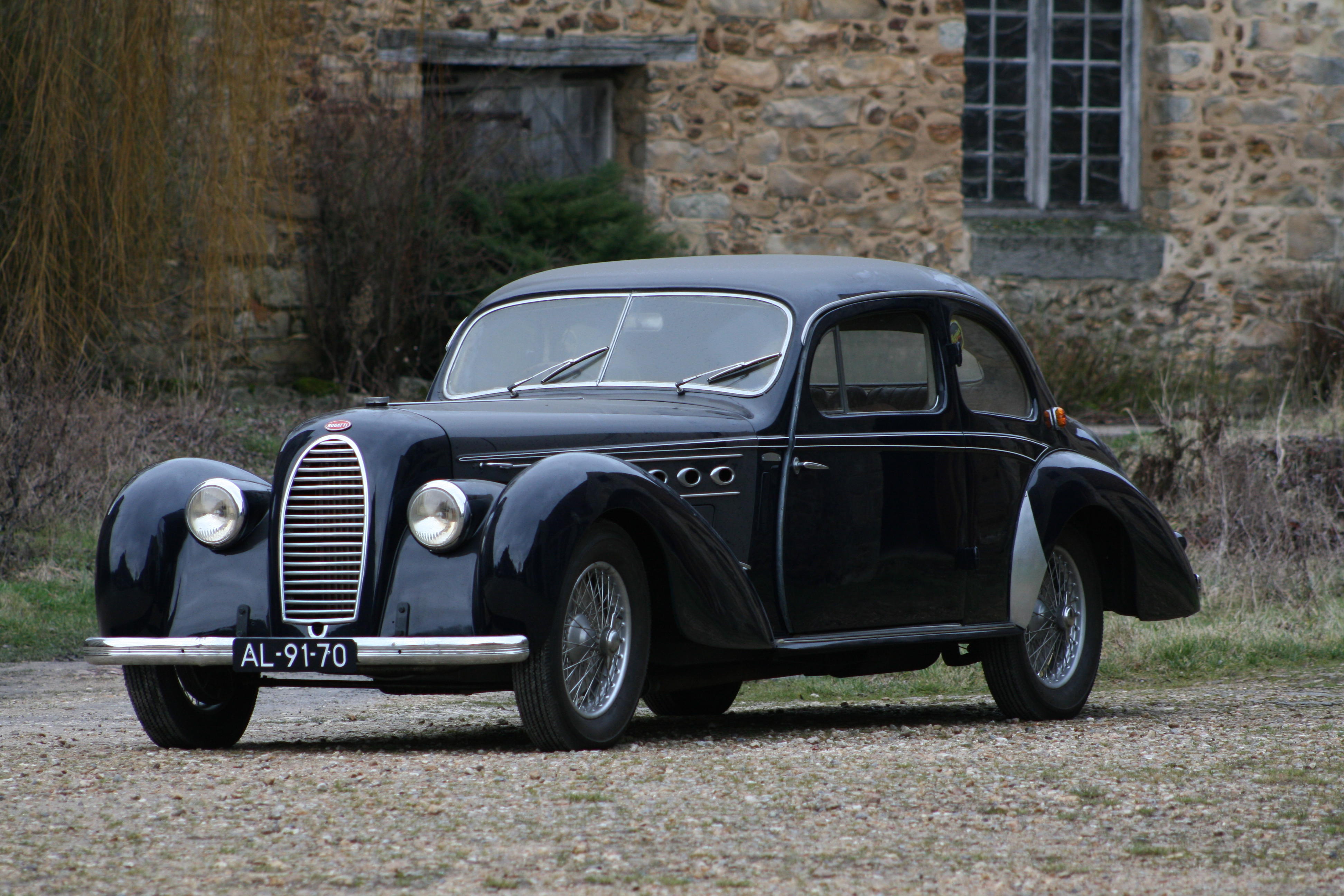
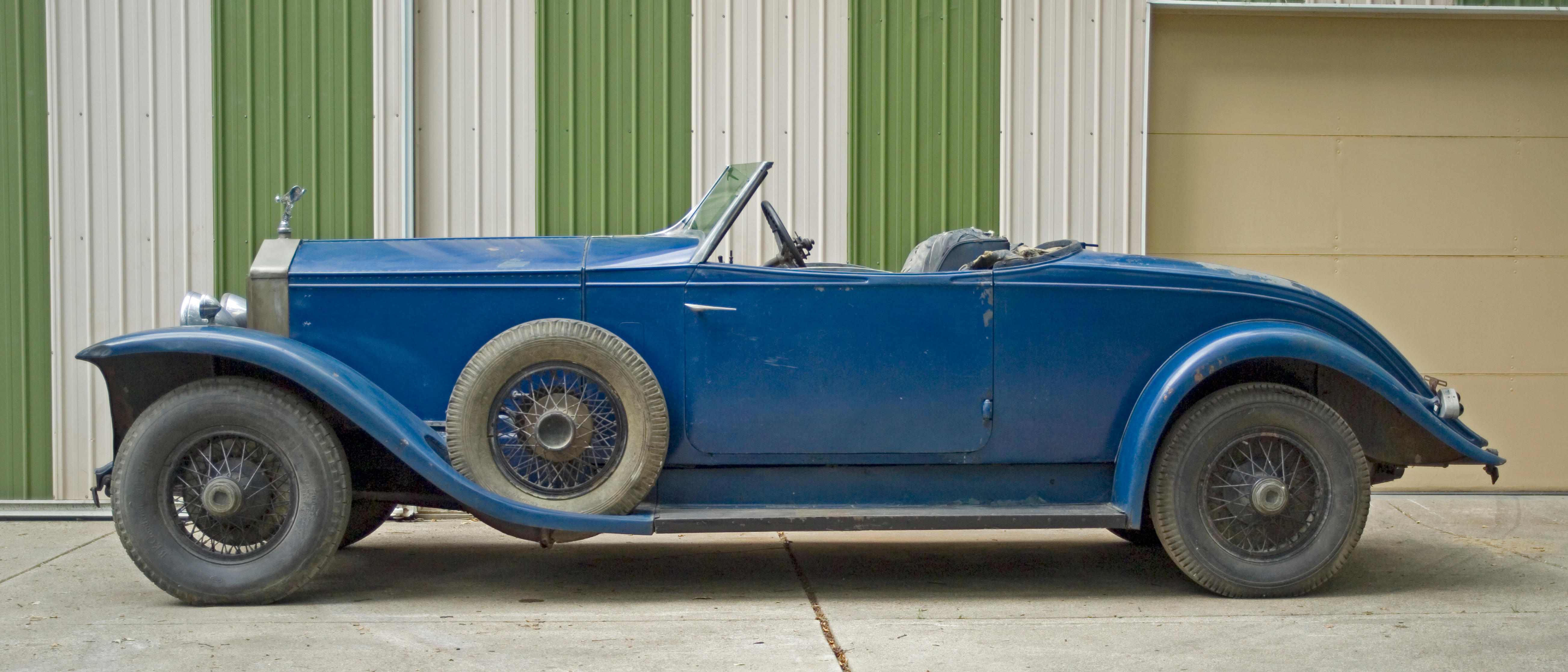
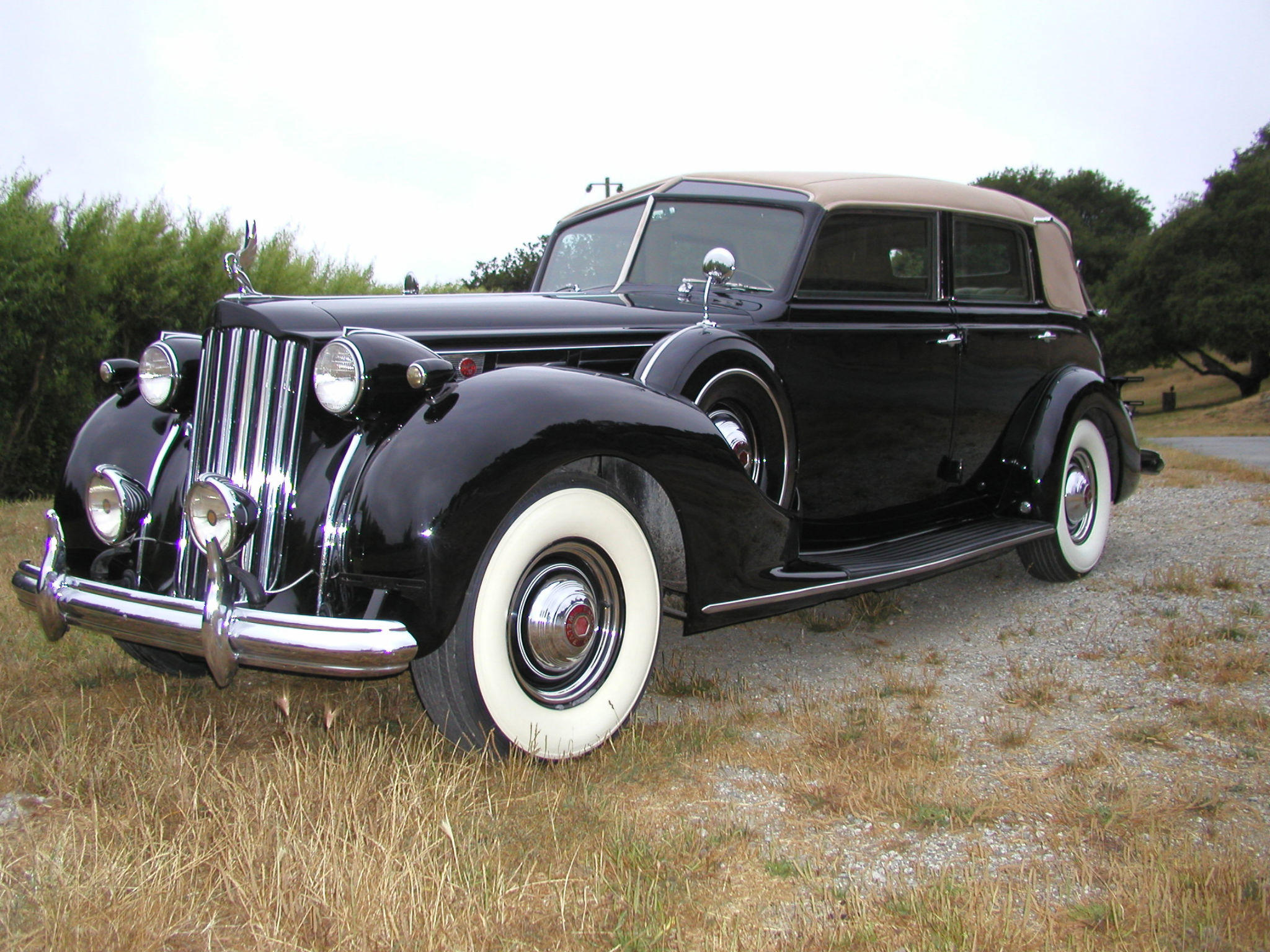
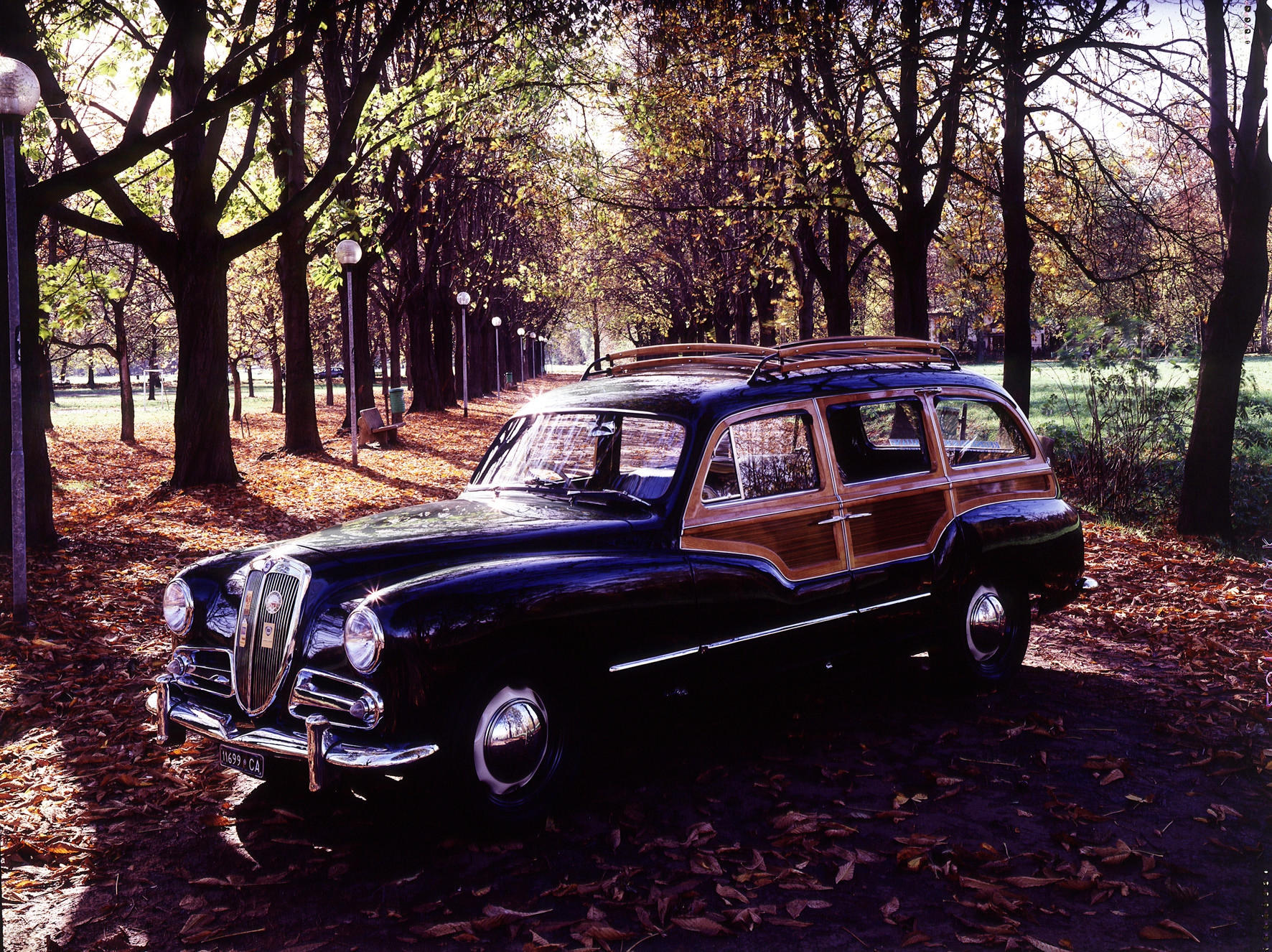
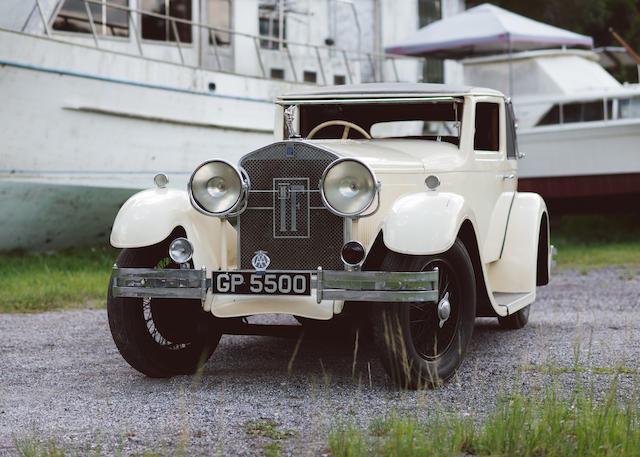
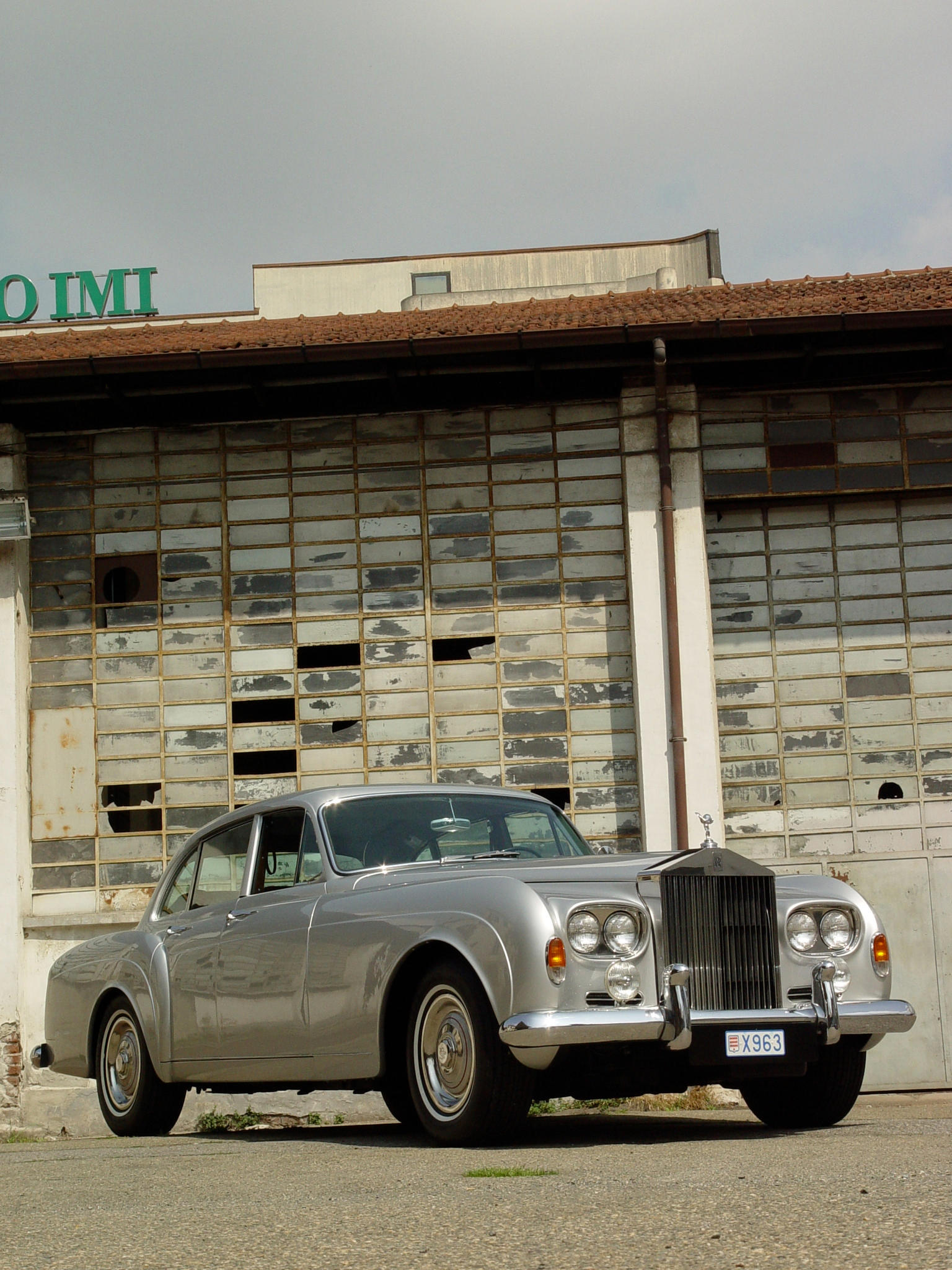

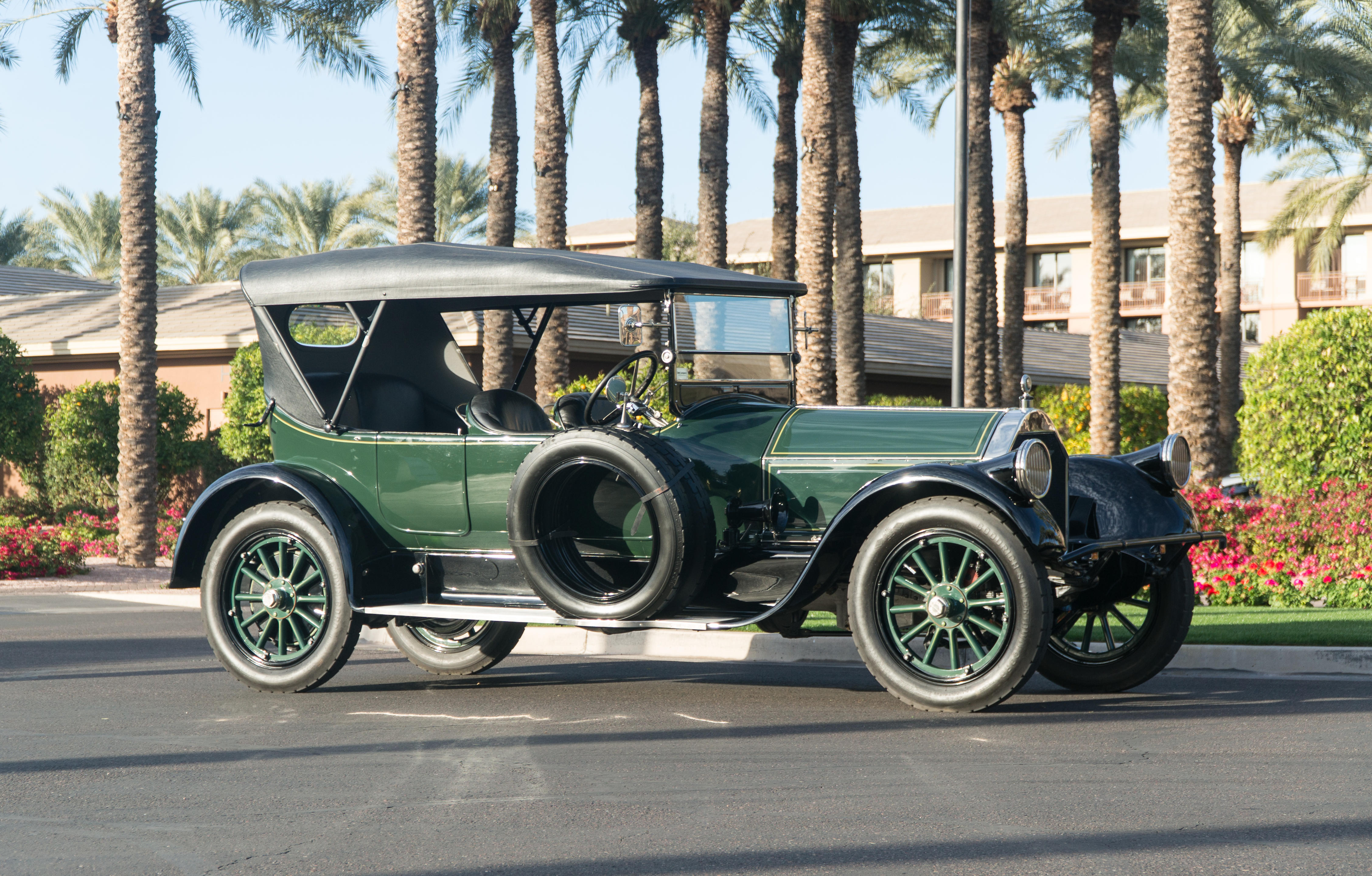

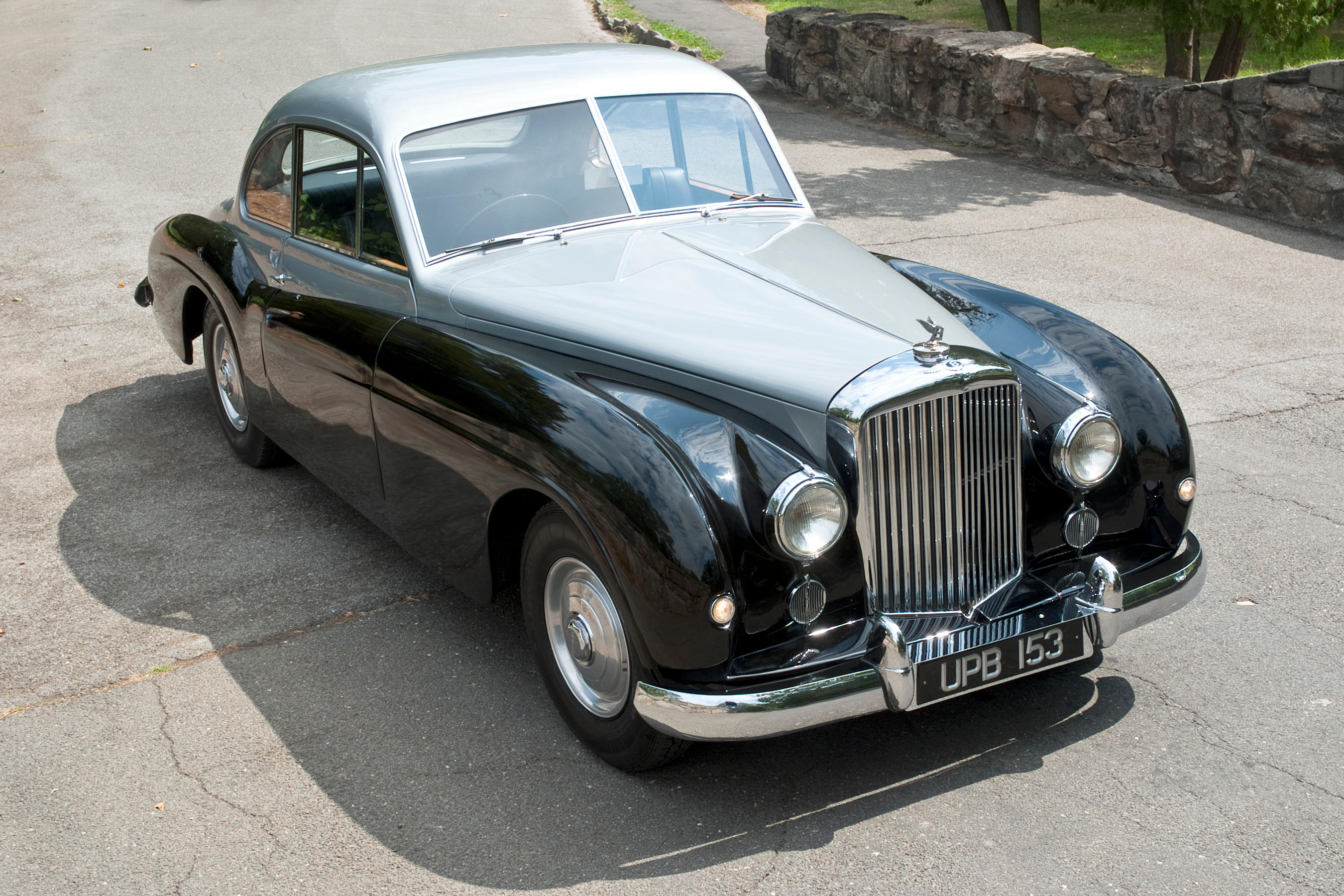
Testen Sie LotSearch und seine Premium-Features 7 Tage - ohne Kosten!
Lassen Sie sich automatisch über neue Objekte in kommenden Auktionen benachrichtigen.
Suchauftrag anlegen